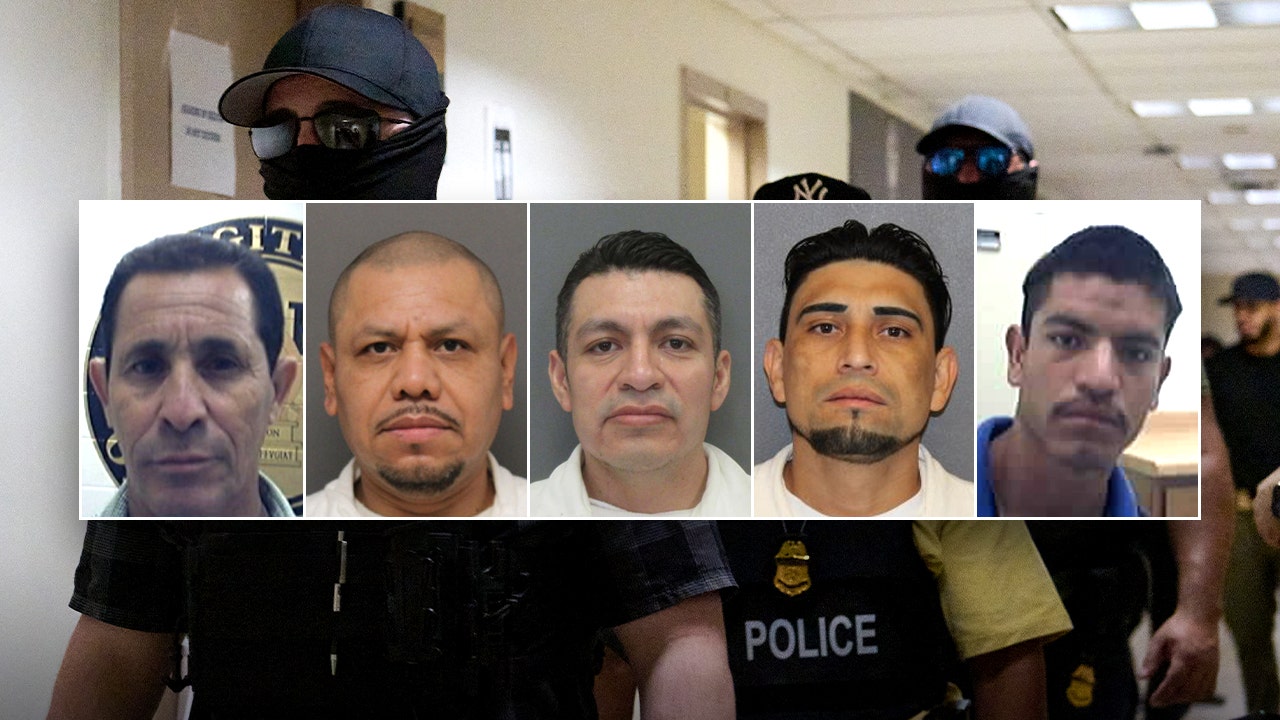I have two new barrels that were intended for a Curtis Valor quick change, but they are the same as Terminus.
Both are Krieger stainless Remington Varmint/Sendero contour.
First barrel:
6.5 Creedmoor
1-8 twist
Finished at 16”
Threaded 5/8
Spiral fluted
Cerakoted black
Second barrel:
6.8 Western
1-8 twist
Finished at 24”
Threaded 5/8
Spiral fluted
Cerakoted black
The work was done by Alamo Precision Rifles in Texas.
I have over $1,200 in each of these. Price for each is $825 shipped.
If you want additional pics, videos, facetime or to talk on the phone, I am happy to do it.
Trade interests are any 700 clone action with mag bolt face in short or long action. I would also be interested in hunting/tactical stocks such as Manner’s, McMillan, Foundation, etc. for 700 clones.
Anything else, you are welcome to ask.


